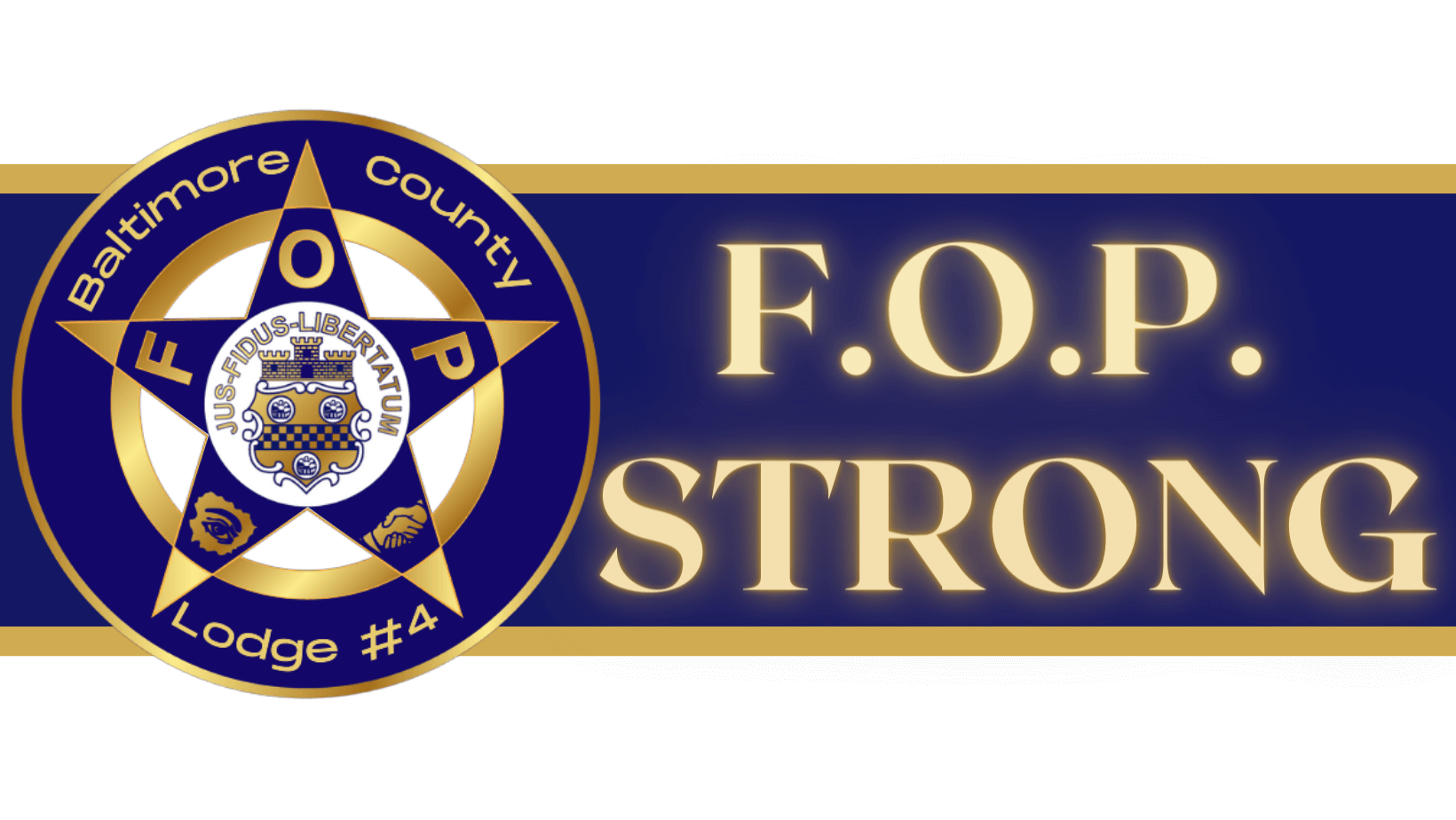Baltimore County Police gain input on drone first responder program
Luke Parker
The Baltimore Sun
August 7, 2025
Authorities say unmanned drones could quicken and inform 911 responses
Baltimore County Police want to boost their presence in the sky and their knowledge on the ground with unmanned drones at emergency and crime scenes.
Since 2018, law enforcement agencies across the country have adopted “Drone As First Responder” (DFR) programs, initiatives that can provide real-time information more quickly and tactfully after a 911 call is made.
The drones, police say, draw a clearer picture of an emergency and allow departments to allocate resources better and deescalate scenarios if people “misinterpret what they see quickly.”
“We want to make sure that [our] response is measured with what we’re seeing,” said county police Maj. Wes Fischer.
In the first of three information sessions with authorities, Baltimore County’s impending DFR program was warmly received Wednesday evening by a group of less than two dozen people at a Dundalk community center.
“I’m for it. I think it will help law enforcement do their job,” said Turner Station resident Olivia Lomax. “And I think that anything that can help eliminate crime in any area is good for the community.”
After she spoke, several members of Wednesday’s audience said, “Amen.”
Concerns over privacy and surveillance have followed DFR programs nationwide, including in Maryland, where an undisclosed “spy plane” above Baltimore was deemed unconstitutional in 2021.
Unlike that project, which fed over 1 million snapshots to city police before it was uncovered, Baltimore County authorities said first responder drones would have a direct purpose in aiding emergency calls.
According to police, each aircraft is capable of flying between 30 and 35 minutes — depending on how weather and speed affect its battery life — across about a 2-mile radius.
They will be piloted by trained, certified officers at a maximum height of 400 feet. And to stay on track and mission-focused, their flights will be recorded the way officers’ body-camera footage is, Fischer said.
“These aren’t designed for routine patrol, just to fly around … They’re not just a loiterer staying in the sky,” Fischer said.
Baltimore County Police said Wednesday that more than 1,800 agencies in the United States, including fire and medical units, have begun using drones in their operations.
While considering how to build their own, Baltimore County officials said they reviewed DFR programs in California and New York City, as well as Montgomery County, the first of its kind in Maryland.
Since October 2023, drones have responded to more than 3,100 calls in Montgomery County, data shows. Of those calls, the tech unit arrived before the first officer almost 69% of the time, averaging 54-second responses. The data shows they were also able to clear a call without a patrol officer in 15% of incidents.
Once their program starts, Baltimore County Police said they will keep similar performance data and notify the public of any expansion. Fischer said each drone costs about $15,000 and is paid with funds collected from traffic camera violations.
Sessions like Wednesday’s, which included an outdoor demonstration with eagle-eyed sightings of basketball players and kayakers, are the department’s first steps toward implementation.
With the public’s input, authorities will draw up policies and begin test flying in Towson, an ideal setting that mixes residential and commercial spaces with the agency’s headquarters, Fischer said.
Other “central locations” for the drones to launch will be decided based on the amount and kinds of emergency calls an area receives, police said. Though Towson has been identified as the first DFR hub, Fischer said the department is considering Randallstown as a second.
A second information session about DFR will take place Thursday, from 6 to 8 p.m., at the Randallstown Community Center. And a third is scheduled at the same time on Monday at the Carver Center for Arts and Technology in Towson.
